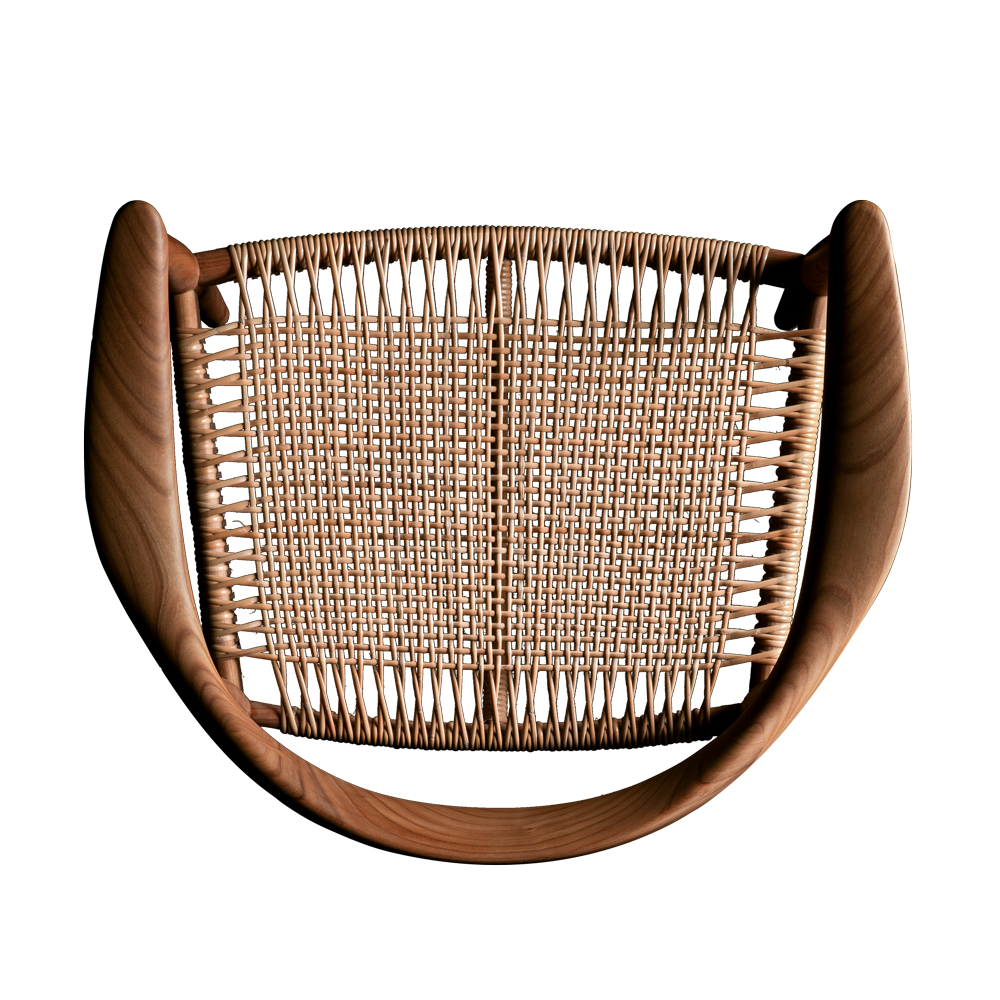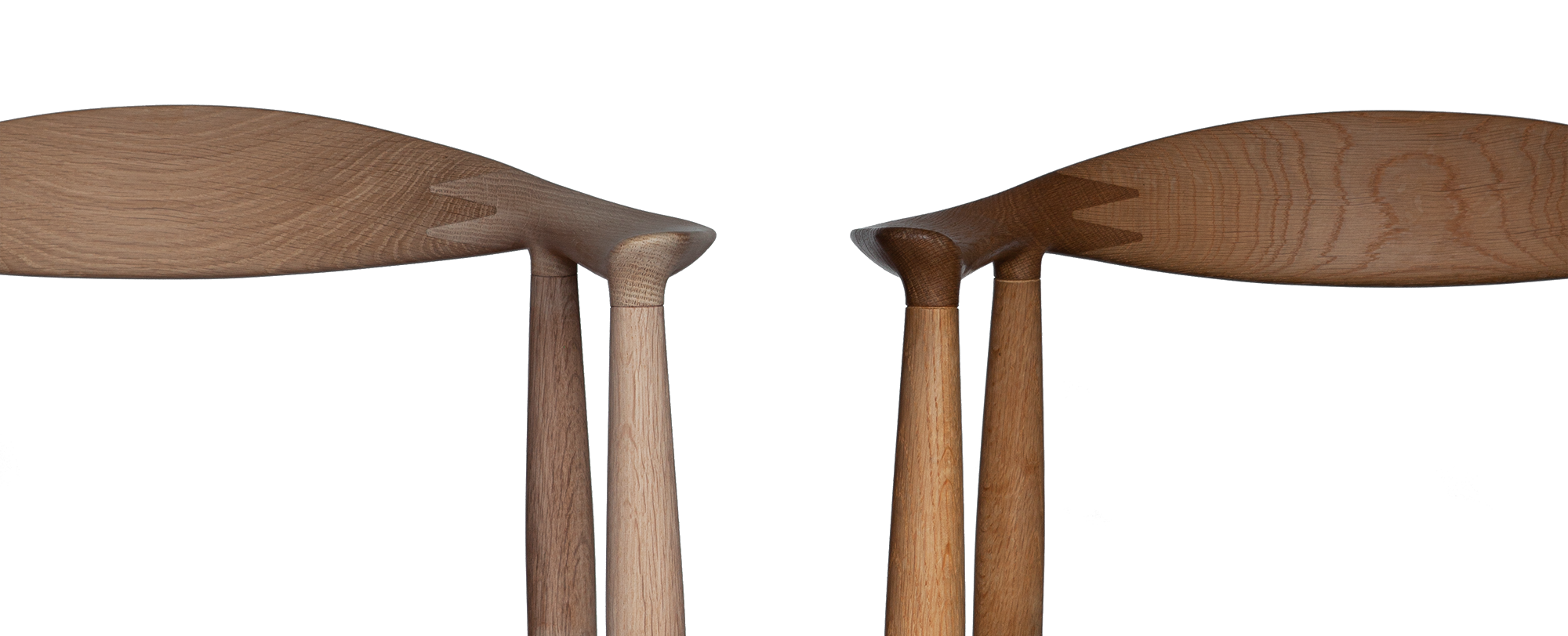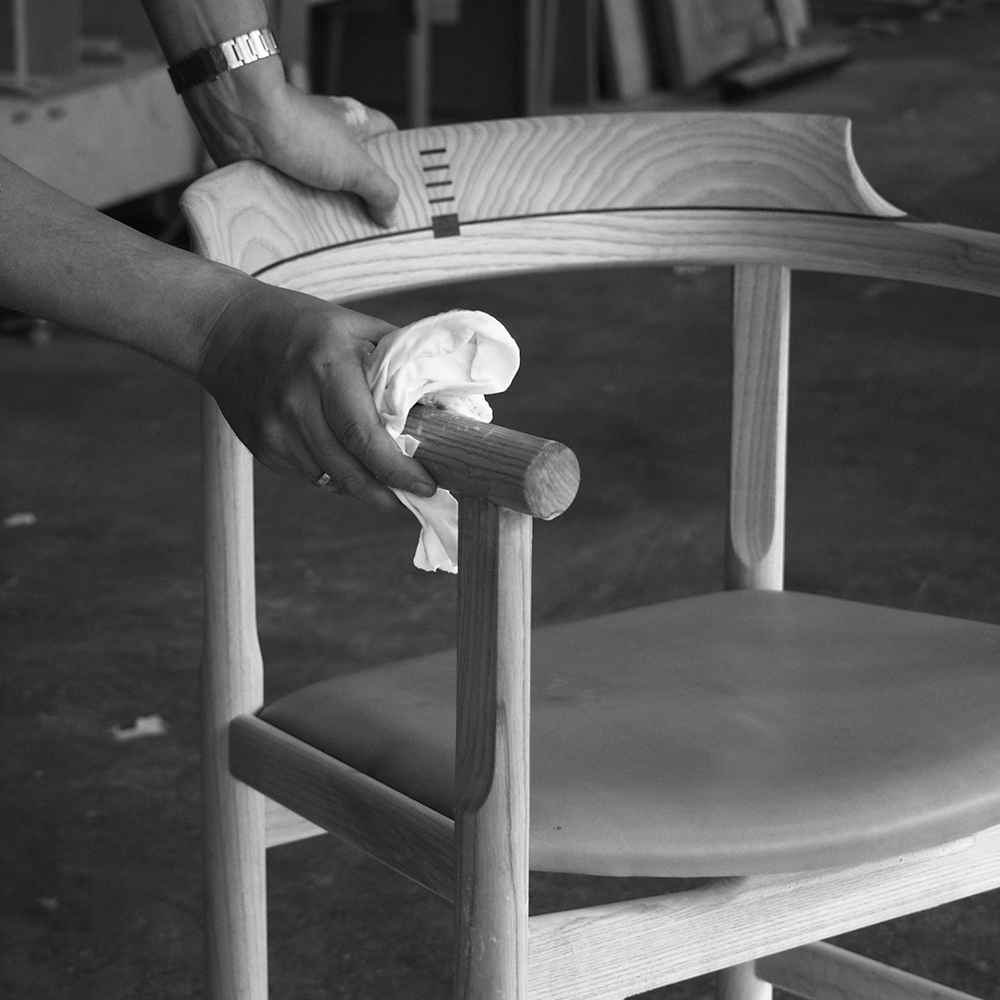
We put a lot of work and passion into our products, carefully selecting and processing the materials to make the furniture last hopefully more than a lifetime. If treated with respect and cared for, they will patinate with grace and become even more beautiful and desirable over time.
However, a few important precautions are necessary. Please read the following thoroughly before commencing any treatment or maintenance.
All our wood is thoroughly conditioned to a very low level of humidity before being shaped and assembled. This is an important process and will initially stabilise the wood.
None the less when a finished product leaves our workshop and commence its long life of duty, the wood will adapt to the humidity level of the present surroundings, which will cause the wood to warp and slightly change shape and dimensions.
Every construction and detail in our products are carefully designed and crafted to accommodate these forces of nature. Still it is useful to pay specific attention to certain aspects of the behaviour of wood and other natural materials in our products and how to take care of it.
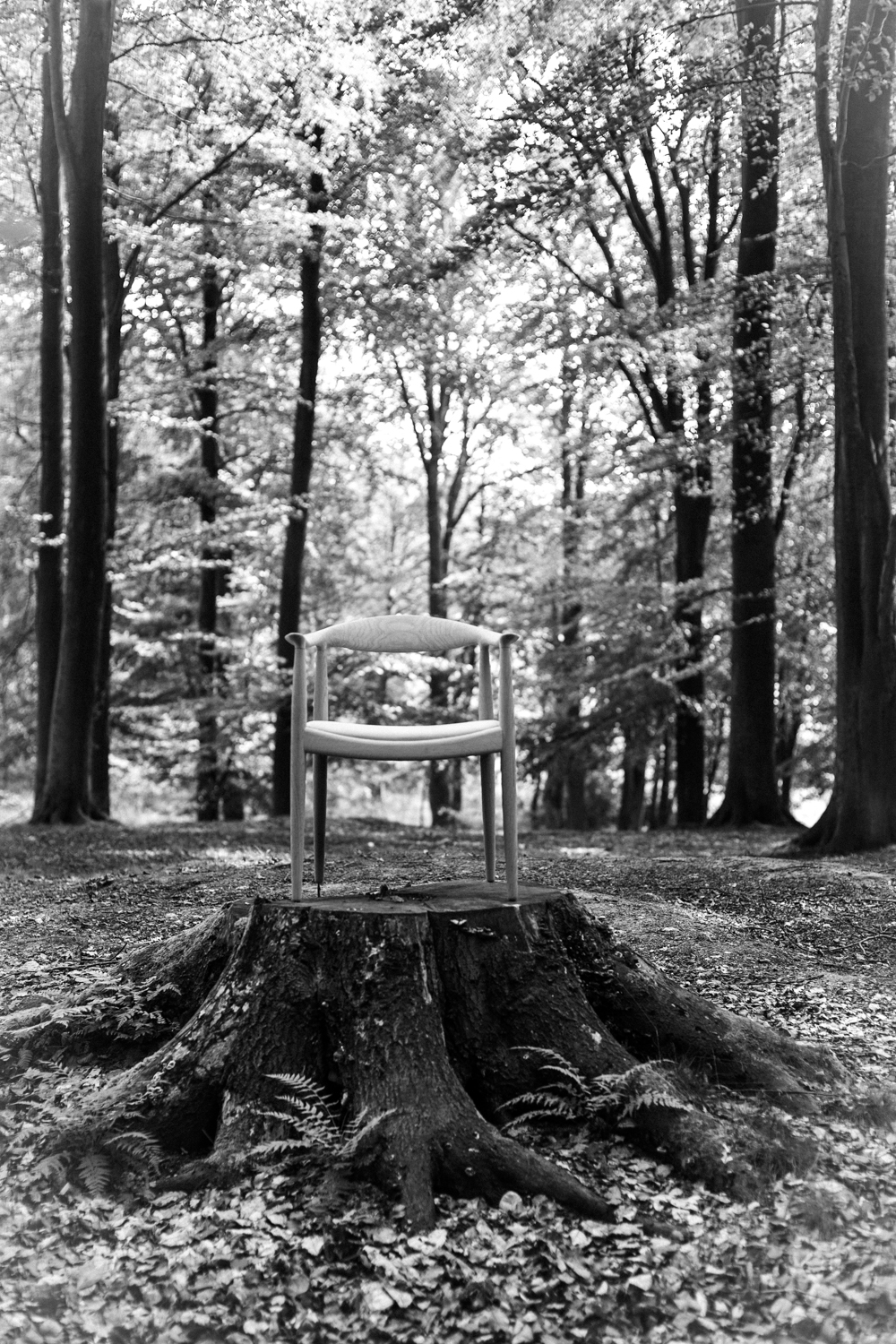
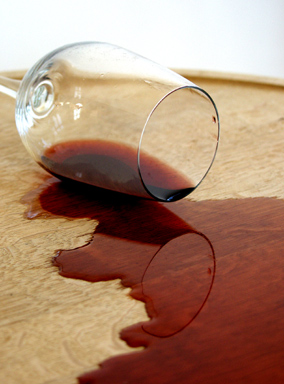
Wood is made by nature to transport moist, so accidentally spilling your beverage on a wooden surface should not cause any major concern. However, in such an event the wood will slowly absorb the liquid, which may effect the color nuances of the wood in the exposed area. For this reason wood should be wiped clean as quickly as possible when exposed to liquids of any kind, and subsequently washed with a cloth wrung up in clean water or following the soap wash instructions below.
Be careful not to place solid wood in an environment with extreme changes or differences in temperature, as it may cause the wood to warp beyond what the construction can absorb. This precaution is relevant especially when several pieces of solid wood has been glued together to form a larger object like a table top. A solid wood table should not be placed right next to a heater, as the table top may crack.
Soap treating wood is a Danish tradition going back centuries. The basic idea is to leave the surface untreated rather than sealing it and then wash the wood when necessary using gentle soap water. With each soap wash the surface will gradually establish resistance to dirt.
A soap treated wooden piece of furniture from PP Møbler has a natural soft touch and a light appearance. With time and regular use, the surface will gain a warmer and somewhat darker color. With each soap wash the surface will lighten up, and if subsequently sanded the furniture may regain a fresh appearance and may even come to look like a brand new chair again with very simple means.
The possibility of restoring the surface even after extensive use is a great advantage compared to sealing treatments like lacquer that is notorious for the hassle involved in restoration.
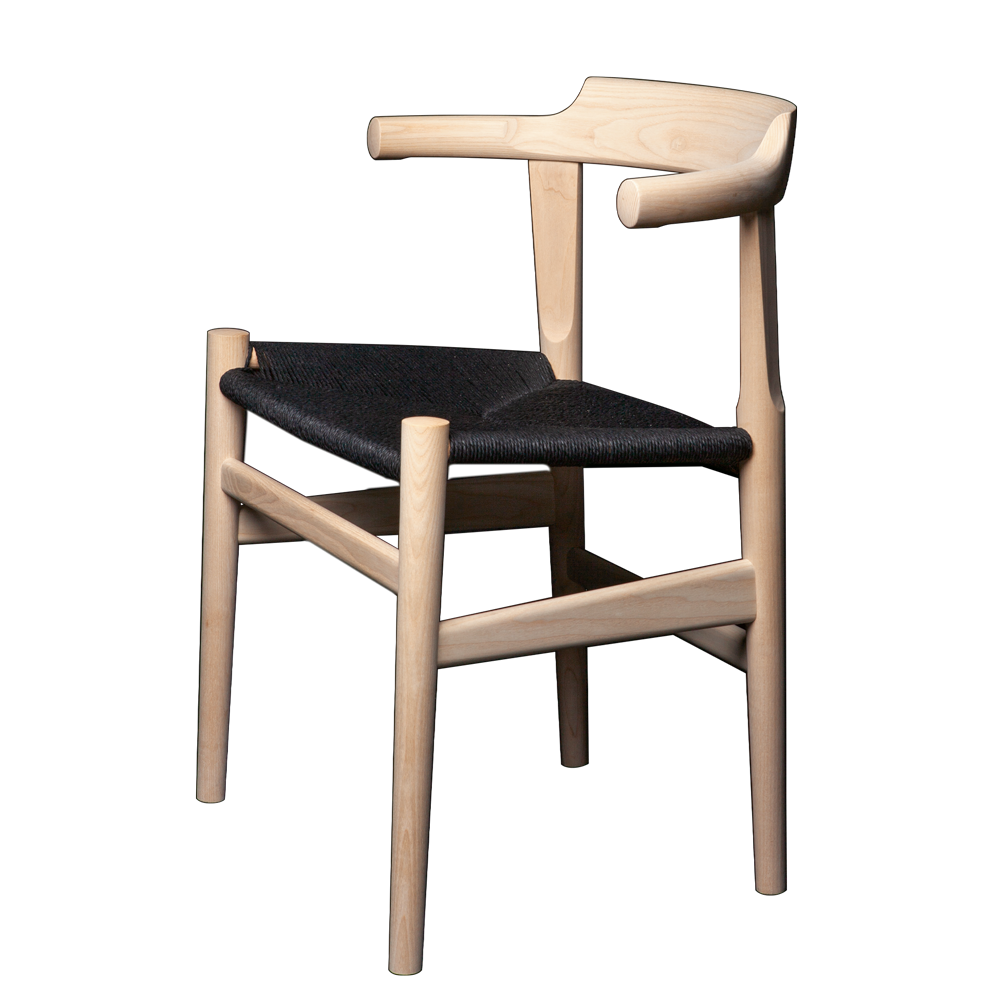
For daily maintenance use a cloth wrung with lukewarm water. Always cover all areas evenly.
Wash with soap water once or twice a year or as necessary. You will need:
– 1 tea spoon white soap flakes (use soap with a high fat content)
– 2 liters of warm water (approx. 40 degrees celsius)
– a soft sponge
– a clean cloth
– fine sandpaper or sanding pad (minimum grain 200)
Stir the soap and the water into a milky white solution. Use the soft sponge to distribute the soap water evenly covering all surfaces following the wood grain. Be careful not to soak the wood and consider covering upholstered surfaces.
Wood can be scrubbed along the wood grain with a natural hair brush or a soft sponge if the furniture is particularly dirty.
After washing, all excess soap water should be wiped off with a dry cloth and the surface should be left to air dry for about 30 minutes. When the surface is dry it may be sanded gently along the wood grain if necessary using fine sandpaper or sanding pad.
The above process can be repeated until the required result is reached.
Never use tools containing iron.


It’s important to use soap with a high content of fat, because this is what gives nourishment to the wood.
Most common soaps are made with the purpose of removing fat and are not suited for soap washing wood. Beware to use a proper fat soap with no perfume or other additives.
At PP Møbler we use only vegetable oils that will pronounce the color nuances of the grain and provide some protection against dirt and stains. However, the oil treatment will not seal off the surface completely, and it will be fairly simple to repair and recover if damaged.
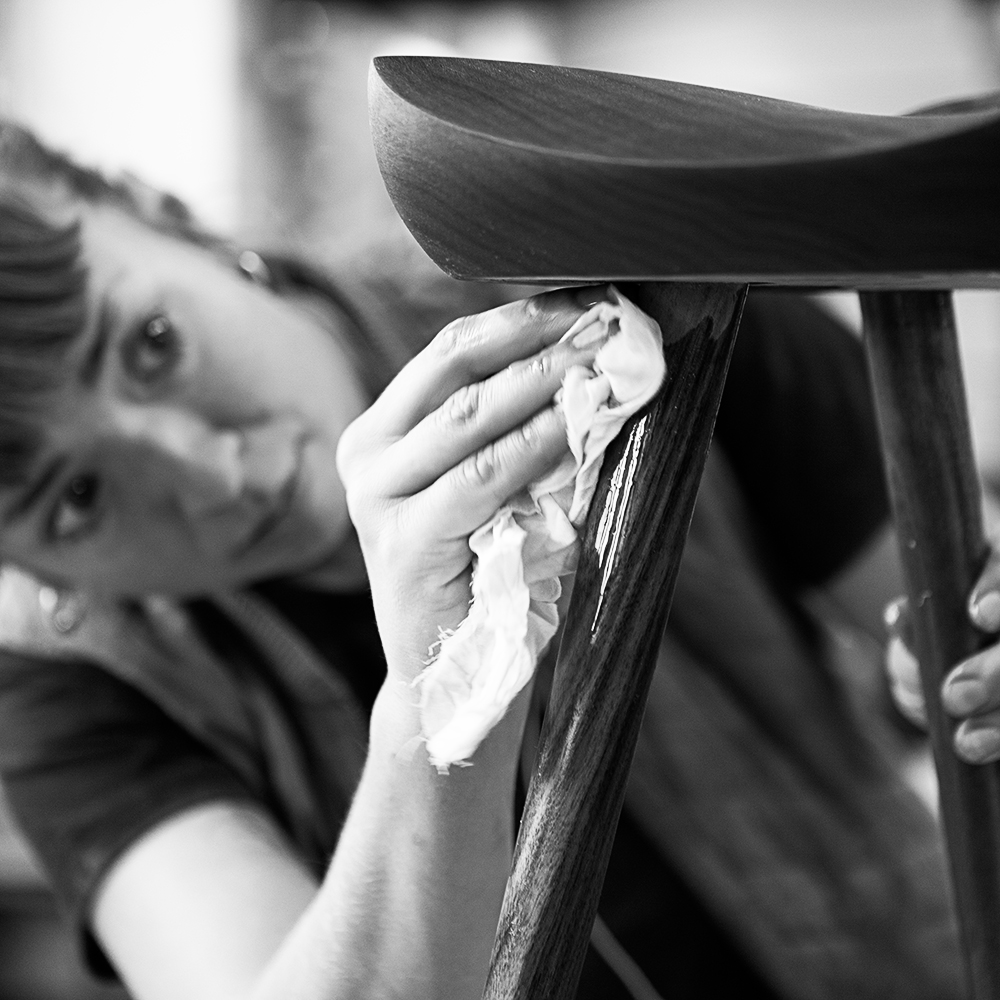
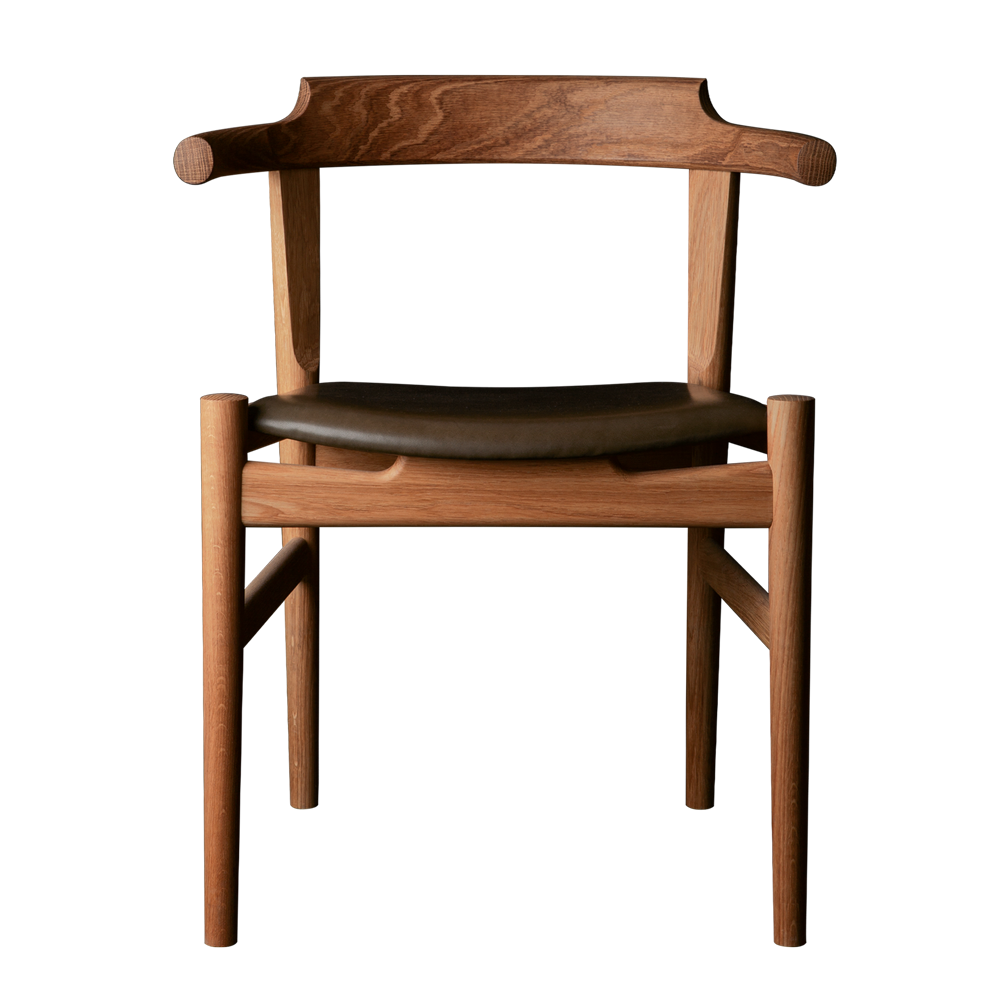
For daily maintenance use a cloth wrung with lukewarm water.
Thorough cleaning can be done using the instructions for soap treated wood.
If necessary, the surface can be refreshed with new oil treatment. In such an occasion always make sure that the surface is completely clean and dry.
Use a clean cloth to oil the chair and make sure the oil is lightly and evenly distributed. Get a new soft dry cloth and wipe off the remaining oil, always following the wood grain. Then leave it to dry. It can take a day or two before the newly oiled surface is dry, depending on the oil used.
You need:
– vegetable wood surface treatment oil
– 2 clean cloths
– a plastic bag (for disposal of oil-soaked cloths)
Be careful not to get oil on materials such as fabric or leather. Oil-treated furniture can leave grease marks until completely hardened, therefore do not place the furniture directly on carpets or on soap treated wooden floors until one to two weeks after the last oil treatment.
Oil-soaked cloths can self-ignite. Dispose of them in a closed plastic bag containing water or store them in a sealed metal container or glass jar.
Modern furniture leather requires only regular dusting with a soft cloth and frequent vacuum cleaning with a clean brush.
Once or twice a year, it is advisable to add some nourishment to the leather. We recommend washing the leather with soap. You will need:
– 2 tea spoons white soap flakes (use soap with a high fat content)
– 1 liter of clean lukewarm water
– a cloth or a sponge
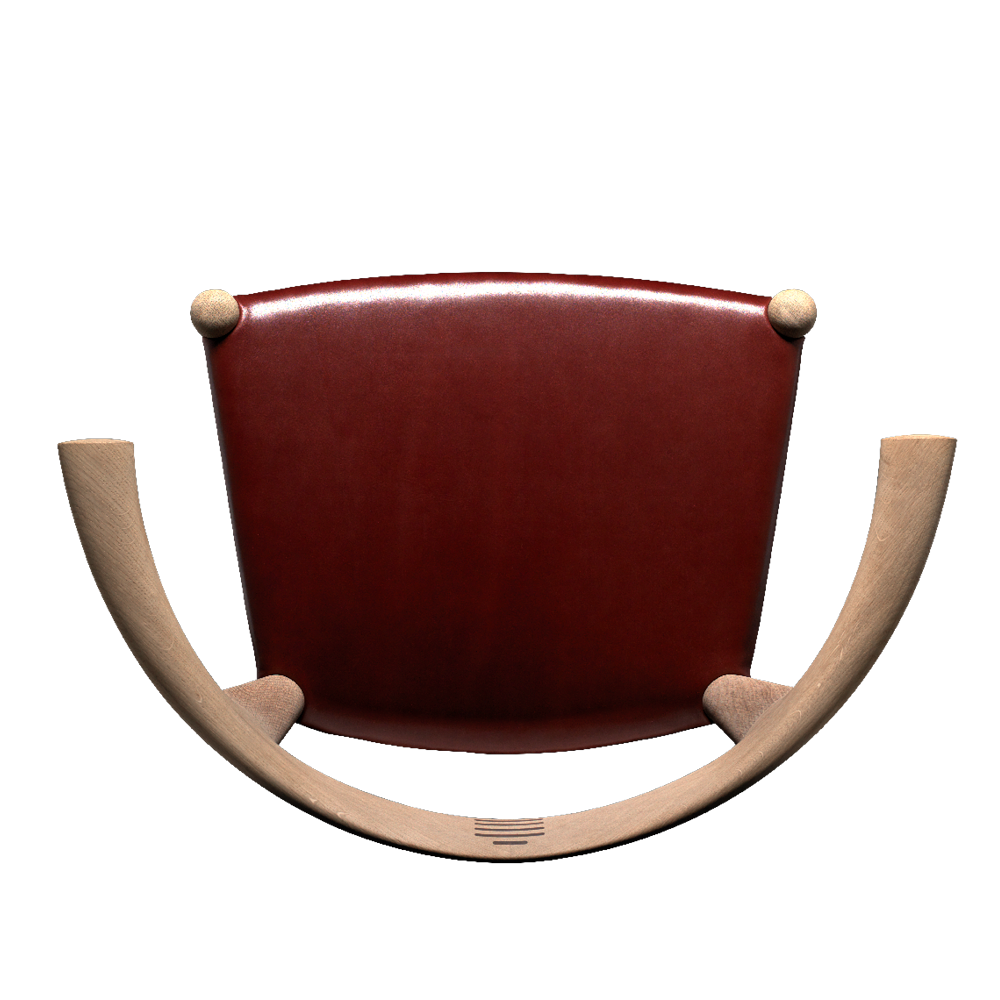
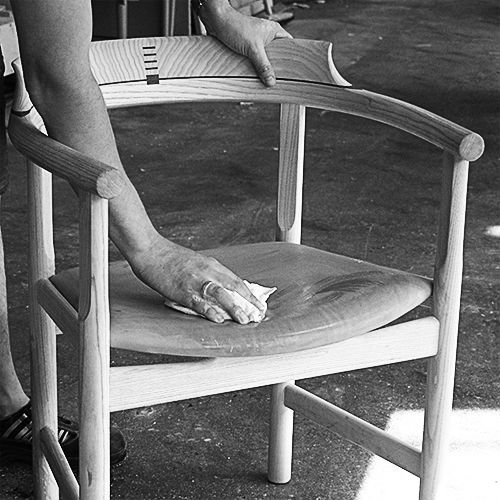
Stir the soap and the water into a milky white solution and keep stirring until foam starts to form. Use the soft sponge or cloth to distribute the soap foam evenly covering the full surface.
It is important that the surface is evenly moistened to avoid staining as the surface dries. Be careful not to soak the leather.
Without further washing, allow the surface to dry at room temperature so the soap solution is absorbed into the leather.
Repeat the process if the leather is badly soiled.
Vegetal leather has no surface protection treatment and is a very sensitive material. Exposed to daylight, the vegetal leather over time gains a beautiful natural patina.
Papercord is made of wood fiber and has a wax coating. Daily cleaning is done with a soft brush, a vacuum cleaner or a wrung up cloth.
Thorough cleaning is done with a solution of soap in clean lukewarm water. You need:
– 1 tea spoon white soap flakes (use soap with a high fat content)
– 1 liter of clean lukewarm water
– A cloth or a sponge
Wash the surface gently using a soft cloth or sponge wrung out in the soap solution. It is important that the papercord is not drenched in the solution and that surfaces are moistened evenly to avoid staining as the surface dries.
Wipe off any excess soap water and allow the seat to dry at room temperature so the soap solution is absorbed into the papercord. Repeat the process if the seat is badly soiled.
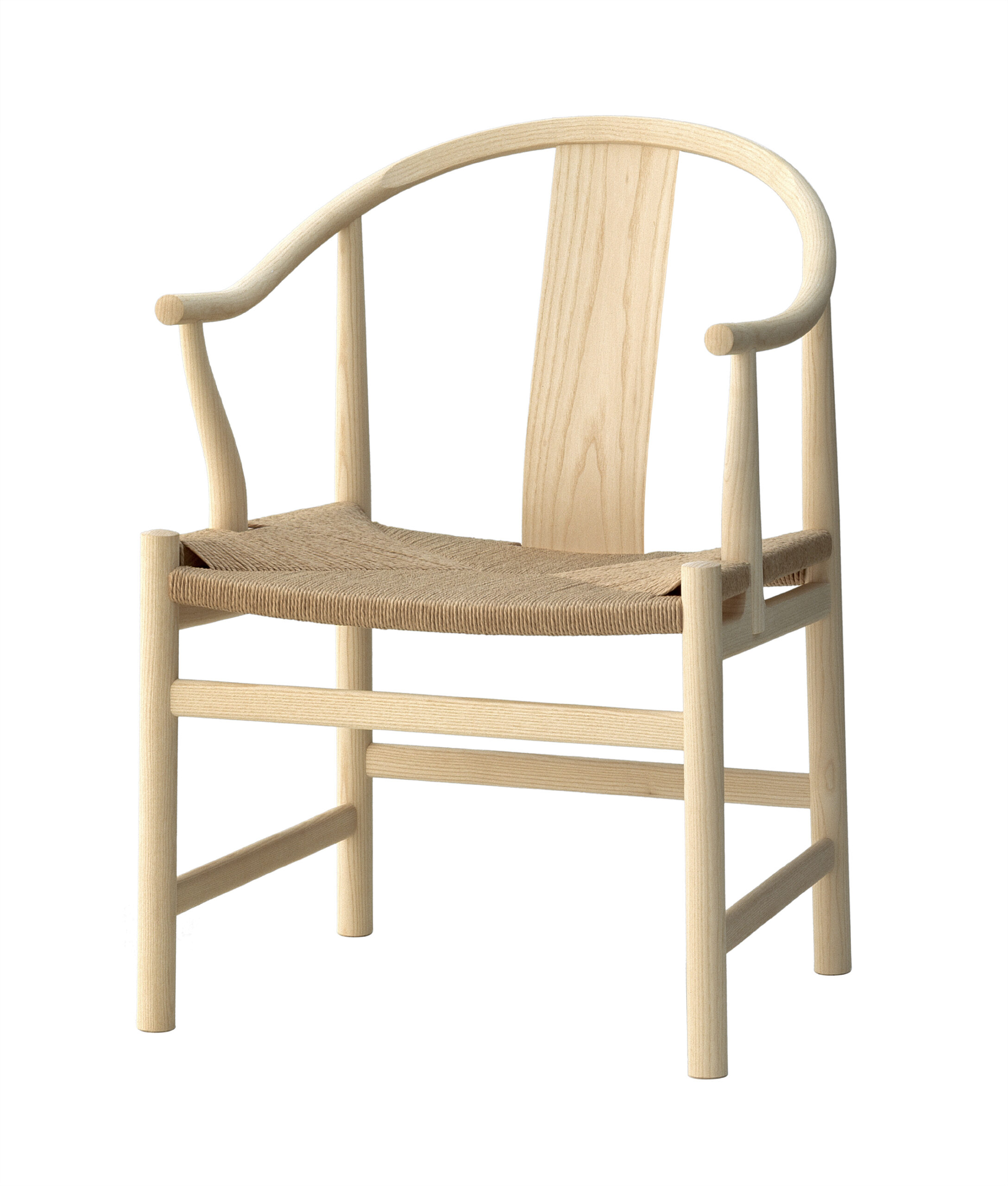
Cane is a natural material with no surface protecting finish. Over time, through exposure to daylight, it will gain a beautiful natural patina.
Cane becomes brittle when dried out and may eventually crack. For the purpose of keeping the cane resilient, it is advised to moist it regularly on both sides using a vaporizer with soap water.
Cleaning is done with a solution of soap in clean lukewarm water. You need:
– 1 tea spoon white soap flakes (use soap with a high fat content)
– 1 liter of clean lukewarm water
– A cloth or a sponge
Wash the surface gently using a soft cloth or sponge wrung out in the soap water solution.
Without further washing, allow the seat to dry at room temperature so the soap solution is absorbed into the cane. Repeat the process if the cane is badly soiled.
